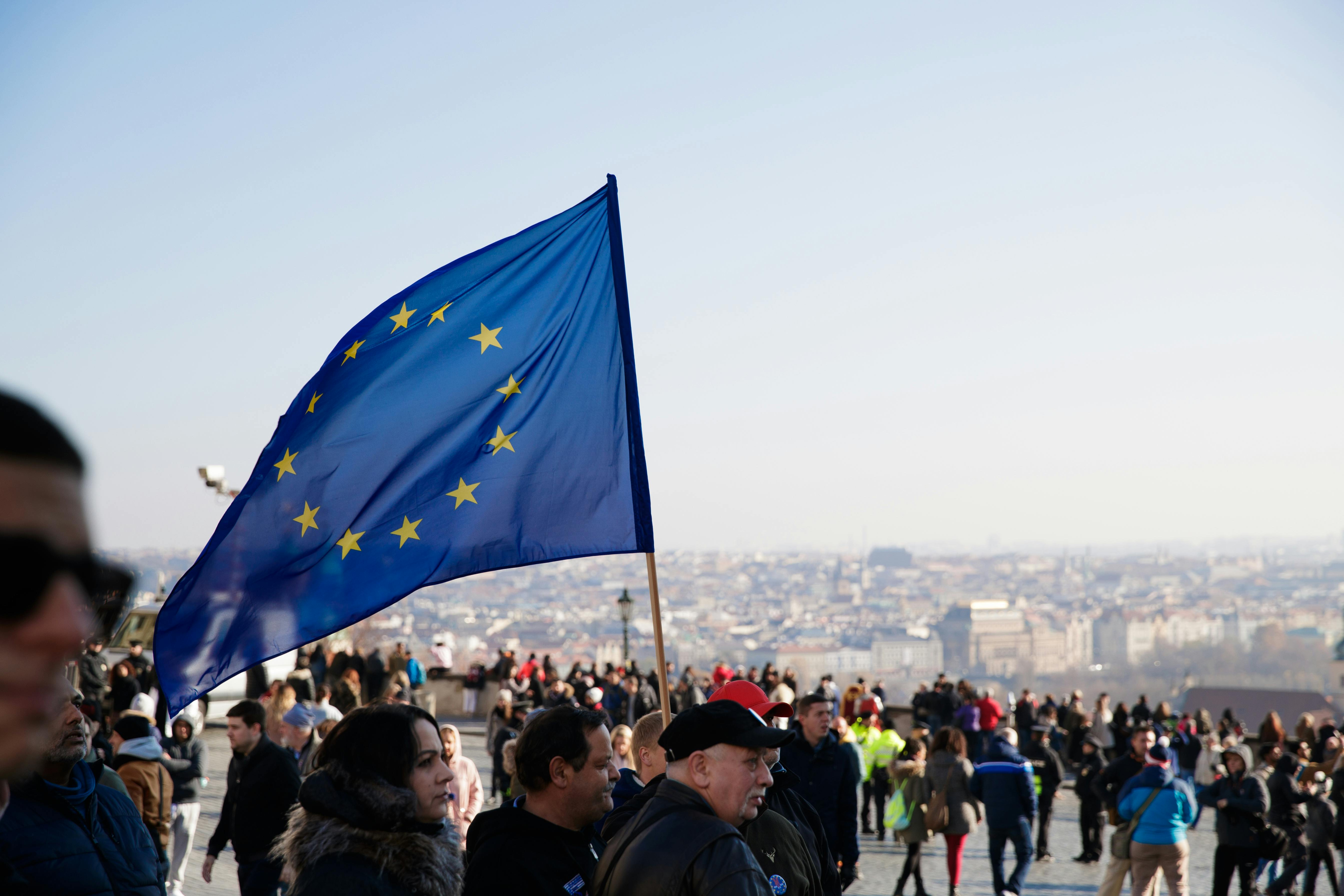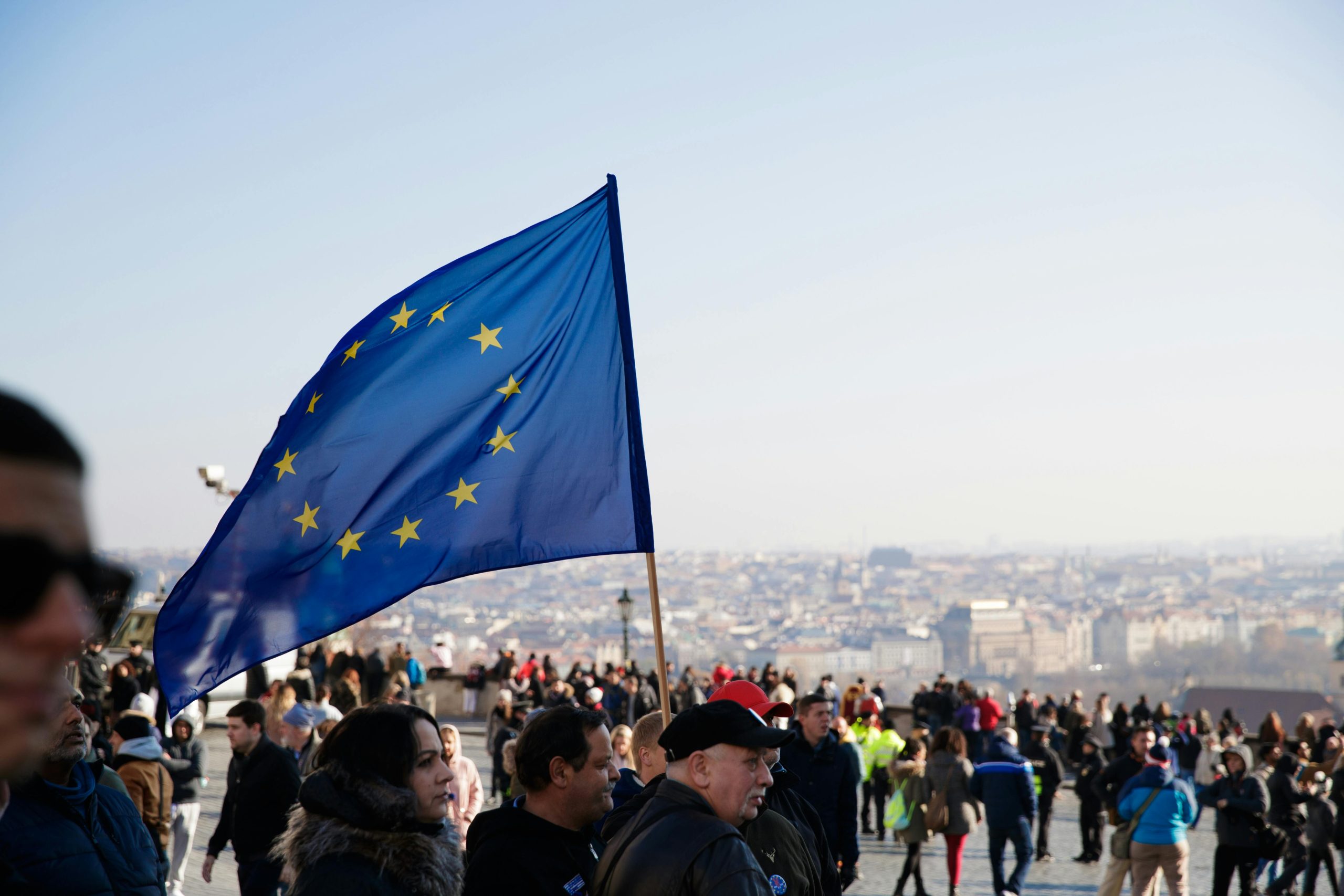The Intensified Scrutiny of Dissent in Contemporary Governance: An Analysis of the ‘Anti-Greta’ Activist’s Asylum Claim and its Global Implications

The contemporary political landscape in Western democracies is characterized by a volatile oscillation between demands for absolute ideological conformity and fierce defenses of radical free expression. Few recent events encapsulate this tension as dramatically as the asylum application of German activist Naomi Seibt, known internationally as the “Anti-Greta,” who fled Europe citing death threats from Antifa groups and surveillance by German intelligence. This high-profile case, reportedly backed by technology magnate Elon Musk, does not merely concern one individual’s plea for refuge; it serves as a critical case study in the evolving relationship between state authority, political non-conformity, and the shifting sands of international asylum protections in the mid-2020s.
Analysis of State Response to Non-Conformist Political Expression
The narrative presented by Seibt initiates a broader examination of how contemporary European state structures are interacting with political dissent that moves significantly outside of the established, mainstream consensus. Her experience, characterized by alleged surveillance and an unsupportive police response to death threats, suggests a failure in the state’s primary duty to protect all citizens equally, particularly when the threats originate from politically aligned radical groups. This raises profound questions about whether certain forms of political expression are tacitly disregarded or actively suppressed by the very authorities tasked with maintaining civil order.
The German Context: Surveillance, Political Labeling, and Civic Space
Seibt’s claims are situated within a demonstrable trend of increased scrutiny of right-wing and dissenting political voices in Germany. As of 2025, the Federal Office for the Protection of the Constitution (BfV)—Germany’s domestic intelligence agency—officially classified the Alternative for Germany (AfD) party, which Seibt publicly supports, as “extremist” in May 2025. This classification grants security services the legal mandate to step up monitoring, including the potential to recruit informants and intercept communications. Seibt alleged that she discovered she had been under surveillance by German intelligence for years, a claim that resonates against a backdrop where German authorities have also been scrutinized for restricting civic space.
Reports from late 2024 indicated that German authorities were actively engaged in cracking down on protests, with police violence reported at climate and pro-Palestine demonstrations. Furthermore, laws tightening deportation regulations meant that foreigners making single comments glorifying terrorist crimes on social media could face removal. Seibt herself alleged that German police dismissed her concerns over death threats, stating they could not intervene until she had actually been “raped or killed”. This perceived institutional apathy toward threats against a political dissenter, juxtaposed with aggressive monitoring of her affiliated political group, frames her departure as a necessary escape from a system she believes has become partisan in its application of security and law.
The Shifting Definition of “Dissent” and Official Boundaries
The case tests the durability of fundamental rights when political expression crosses perceived red lines defined by climate orthodoxy, immigration policy, or mainstream political norms. The European Council’s Commissioner for Human Rights, in mid-2025, had to issue a public call to German authorities to uphold freedom of expression and avoid measures that discriminate based on political opinions. This intervention underscores an ongoing international concern that the definition of “hate speech” or extremism is being applied in ways that stifle legitimate political debate, particularly when targeting criticism of established policies or even the state of Israel. Seibt’s political trajectory—from critiquing climate policy to supporting the AfD—places her squarely at the intersection of these contested boundaries, leading to what she characterizes as state persecution.
The Nature of the Antifa Threat in the Current Political Climate
The specific naming of Antifa as the source of death threats warrants a closer look at the perceived threat level these groups represent in the political landscape of the mid-decade. When a political figure, even one highly controversial, alleges organized, life-threatening campaigns from such groups, it speaks to a significant deterioration in the level of political discourse, moving it from ideological contestation to outright physical intimidation.
Decentralization, Designation, and Disparity in Threat Assessment
Antifa operates as a decentralized array of autonomous groups united by anti-fascist, anti-racist, and often anti-state ideologies. This decentralized nature inherently makes mobilization and official tracking difficult, leading to ongoing debate over their actual, organized threat level. Historically, Europol data has suggested that left-wing and anarchist terrorism accounted for a smaller fraction of total arrests in the EU compared to jihadist terrorism. In 2024, for instance, only 6% of terrorism-related arrests in the EU were for left-wing/anarchist terrorism, compared to 64% for jihadist terrorism.
However, the calculus of perceived threat underwent a seismic shift in the United States in late 2025. On September 22, 2025, President Donald Trump signed an executive order officially designating Antifa as a domestic terrorist organization, a move that generated significant international attention. Hungary followed suit shortly thereafter, becoming the first European nation to formally designate Antifa as a terrorist organization. Seibt’s flight and asylum claim are thus positioned in a political environment where the very group she identifies as her primary threat has just received a high-level terrorist designation by the country she seeks refuge in. This external designation conveniently validates her claim of facing lethal intimidation from an extremist element within her home nation.
The activist’s decision to flee underscores a belief that the threat is credible enough to warrant abandoning her home country and seeking protection elsewhere. For commentators aligned with her perspective, this scenario validates long-held warnings about unchecked left-wing extremism in Europe, positioning her as a martyr for free speech against politically-motivated violence.
Contrasting Security Perceptions Between Continents
The move to the United States is implicitly presented as a migration toward a place where her specific form of political speech is not only legally protected but is also purportedly appreciated by figures of influence. This contrast with the alleged lack of protection in her home nation highlights a perceived fundamental difference in the civic contract between the European state she left and the American system she is attempting to join.
The core contrast lies in the protection afforded to political speech. While European nations, particularly Germany, grapple with laws that criminalize certain forms of political speech and have seen civil rights organizations express concern over the stifling of protest, the United States is presented as the sanctuary. Seibt explicitly framed the US as a place of “hope”, contrasting it with the “nightmare” she experienced in Germany.
This perception is heavily influenced by the stated policy direction of the US administration as of late 2025. Reports suggest an overhaul of the US refugee system prioritizing applicants facing persecution based on political speech, especially those opposing mass migration or supporting populist parties like the AfD. This framework directly caters to Seibt’s claim, positioning her case not just as a humanitarian request but as a test case aligning with a specific, newly prioritized US foreign and domestic security interest regarding ideological friction within Western allies.
The Long-Term Vision and Societal Implications of the Move
The ultimate success of Seibt’s asylum bid and the trajectory of her life in the US will serve as a significant data point in the ongoing global conversation about ideological migration and the limits of transnational free expression.
The Trajectory Toward Assimilation and Future Patriotism
As previously noted, the activist is not merely seeking temporary shelter; she has clearly articulated a goal of full assimilation into American society through naturalization. Her statement that the country has provided her with an abundance of hope suggests a deep, positive connection to the perceived ideals of the American system, which she views as a sanctuary from the perceived oppressive environment she experienced abroad. This desire for citizenship symbolizes a complete break from her previous national context and an embrace of a new political home where she believes her voice will be valued.
Her case positions her as a potential symbol of ideological alignment. By explicitly drawing parallels between her values and the political currents gaining traction in certain US political circles—especially concerning critiques of climate policy and immigration—her potential naturalization under these circumstances could be interpreted as the formal welcoming of a political ally into the national fabric, rather than the neutral granting of asylum based solely on danger.
The Ripple Effect on International Activism and Counter-Movements
This high-profile asylum case is likely to generate a significant ripple effect within the global network of politically aligned commentators and activists. For those who share her critiques of climate policy, migration, and cultural shifts, her successful navigation of the US asylum system—especially with high-level support from figures like Elon Musk—could serve as an inspirational blueprint for others who feel politically marginalized in their own nations. The endorsement from Musk, who reportedly confirmed to her the “extremely high threat” level in Europe, lends a powerful, albeit non-governmental, stamp of credibility to the narrative of persecution.
Conversely, it is certain to provoke strong reactions from the groups she identifies as her persecutors. As the US officially designates Antifa as a terrorist entity while simultaneously granting asylum to someone fleeing them, ideological conflicts online and in public spaces are likely to intensify globally. The case transforms a national political disagreement into an international ideological flashpoint, with the US immigration system acting as the new, high-stakes venue.
The Test of Political Asylum in an Era of Ideological Migration
Ultimately, the case of the “Anti-Greta” activist serves as a compelling, contemporary test case for the very definition and application of political asylum in the twenty-first century. Traditional asylum law centers on persecution by a government or by groups the government is unwilling or unable to control, based on race, religion, nationality, political opinion, or membership in a particular social group. Seibt’s claim pivots on the latter two: persecution for her political opinion (AfD support/climate critique) and the state’s inability or unwillingness to protect her from politically motivated violent groups (Antifa).
As borders and political ideologies continue to clash in complex ways, the US government’s handling of this petition—particularly given the stated policy emphasis on political speech claims and the involvement of powerful private citizens—will set a precedent for how future claims involving ideological friction between allied Western nations are adjudicated. This process occurs while the US administration is simultaneously working to drastically limit overall refugee admissions, capping them at a historic low of 7,500 for the 2026 fiscal year, an order of magnitude reduction from the prior year’s 125,000 ceiling. The adjudication of Seibt’s claim will be scrutinized as an indicator of the durability of traditional asylum protections when the source of persecution is claimed to be rooted in domestic political division rather than purely authoritarian state action alone, especially when the applicant is perceived to align with the political interests of the adjudicating government’s leadership.
The Enduring Significance of the Greta Thunberg Comparison
The persistent invocation of the “Anti-Greta” comparison, even as the activist seeks a new national identity, underlines the powerful, polarizing nature of the original figure she was positioned against. The very frame of reference dictates the level of public interest and the intensity of the ideological battle being waged, ensuring that Seibt’s narrative remains inextricably linked to the broader, highly visible debate over climate action, youth activism, and the direction of global policy. While Seibt herself expressed a desire to be recognized beyond this label, its utility as a media shorthand remains undeniable.
This framing allows the narrative to function on two levels simultaneously: as a story of political persecution in Europe, and as a cultural proxy war. Her initial rise was predicated on directly counter-signaling the global youth climate movement; her asylum bid leverages the resulting cultural schism into a legal, international migration framework. Her attempt to move beyond this shadow while simultaneously leveraging the controversy it generates is a central paradox of her public story.
A Final Reflection on Personal Autonomy Versus Public Role
The complex journey described—from early academic engagement to becoming a political lightning rod, to alleged surveillance, to fleeing for her life, and finally seeking a new beginning—encapsulates the high personal cost of engaging in deeply divisive public discourse in the contemporary political moment. The allegations involving years of surveillance by state actors and threats from organized, politically motivated groups paint a stark picture of a democratic society where political expression can rapidly translate into existential risk.
Her ultimate success or failure in securing permanent refuge will be measured not just by legal standards, but by how the international community interprets the reality of the threats she claims defined her final months in Europe. The entire episode serves as a dramatic illustration of how political opinion, when fiercely held and publicly expressed, can now lead to international exile, demanding that the very systems designed for global refuge must now contend with ideological friction originating from within established Western alliances, creating new precedents for the adjudication of political claims in the 2020s and beyond.










